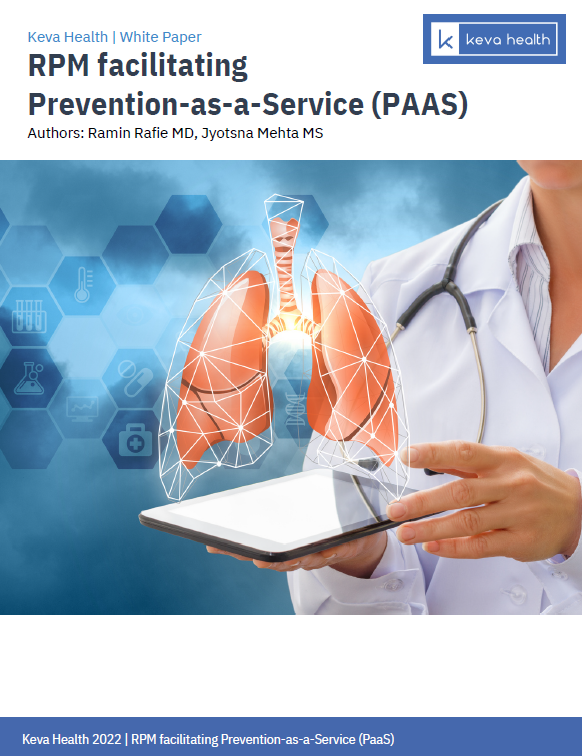
Keva White Papers and Case Studies

Virtual Respiratory Care at Baystate Health
The case study revolves around a remote patient monitoring program for asthma developed by Keva Health. This program addresses key challenges in asthma care, such as patient engagement and medication adherence, through a combination of a patient-focused app, connected devices, and a comprehensive virtual care platform. Implemented in three clinics, it has improved patient engagement and enabled effective management of asthma symptoms, reducing emergency visits and hospitalizations.
Download Case Study for FREE

Virtual Respiratory Care at Asthma & Allergy practices
The case study involves a comprehensive disease management program by Keva Health for asthma and allergy practices. This program integrates patient education, self-management tools, and remote monitoring to enhance clinical outcomes and patient care experiences. Key challenges addressed include limited patient engagement, difficulties in asthma control, and medication management. The implemented solution features a patient-focused app, FDA-approved connected devices, and a virtual care platform, contributing to significant improvements in patient engagement and health outcomes.
Download Case Study for FREE

RPM facilitating
Prevention-as-a-Service (PAAS)
Authors: Ramin Rafie MD, Jyotsna Mehta MS
On December 21, 2020, the Centers for Medicare and Medicaid Services (CMS) finalized new policies related to Remote Patient Monitoring aka remote physiologic monitoring or “RPM,” reimbursed under the Medicare Program. Since then, many physicians are still unaware of RPM technology or services and what technologies are available in their specialty. Hospital at home programs have been catalyzed in part due to the Covid pandemic as it has clearly been demonstrated to be a better utilization of limited resources and cost effective for the health systems. As technology continues to advance, more is able to be done remotely, which facilitates the hospital at home model of care.
Download White Paper for FREE

Building Digital Bridges to Health: Social Determinants of Health
Author: Dr. Chris Chung
Providing education on a digital platform can connect patients and physicians remotely. However, this accessibility of knowledge should not be limited to only residents in popular or wealthy areas. Digital networks are pivotal in narrowing the gap to accessing health literacy and can improve the quality of data.